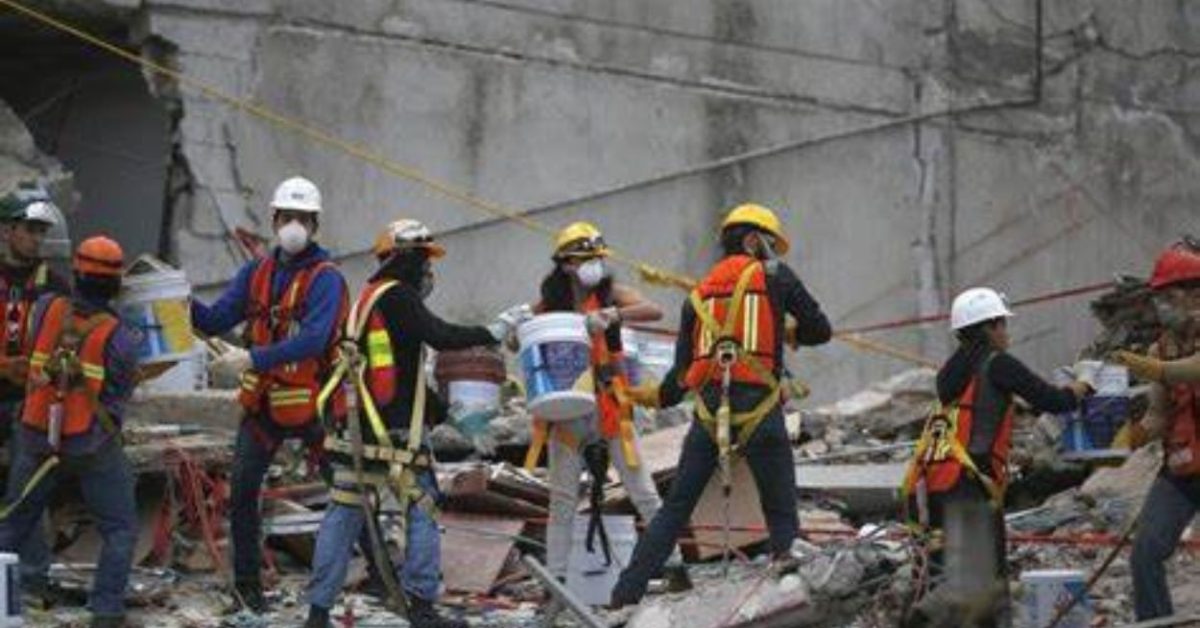
Communication: An Essence in Making Humanitarian Crises More Manageable
August 19, 2023
The Convergence of AI and Fintech
August 20, 2023Communication as an Essential Service in Humanitarian Crises: Empowering Aid and Saving Lives
World Humanitarian Day, observed on 19th August every year, is a global recognition of the efforts and sacrifices made by humanitarians around the world. These individuals venture into disaster-stricken regions and conflict zones, aiming to save lives and provide essential aid to those in need. One critical aspect of humanitarian work that often goes unnoticed is the role of communication as an essential service during crises. In this article, we delve into the significance of communication in humanitarian efforts, exploring how it enables effective response, coordination, and aid distribution.
Communication Breakdown: A Barrier to Effective Humanitarian Response:
In the midst of a humanitarian crisis, chaos and uncertainty can hinder rescue and relief operations. The lack of proper communication channels exacerbates the challenges faced by both aid providers and affected populations. Without clear communication, rescue teams might struggle to coordinate their efforts, leading to duplications, inefficiencies, and gaps in aid delivery. Moreover, affected individuals might be unable to share critical information about their locations, needs, and vulnerabilities, making it harder for responders to provide targeted assistance.
Harnessing Technology for Effective Communication:
In recent years, technological advancements have revolutionized communication in humanitarian work. Mobile phones, internet connectivity, and social media platforms have become powerful tools for disseminating information, conducting needs assessments, and coordinating rescue operations. During disasters, social media platforms enable affected individuals to share real-time updates, helping responders gain insights into the evolving situation on the ground. Additionally, organizations can use geolocation data to target aid delivery more accurately.
Community Engagement and Local Knowledge:
Effective communication in humanitarian crises goes beyond technology; it involves engaging with local communities and understanding their unique communication preferences and challenges. Local knowledge plays a crucial role in responding to crises, as community members possess insights into local infrastructure, cultural norms, and potential hazards. By actively involving community members in the communication process, aid providers can build trust, gather relevant information, and ensure that aid efforts are culturally sensitive and tailored to local needs.
Coordination and Collaboration:
Humanitarian crises often require the involvement of various organizations, governments, and non-governmental entities. Effective communication mechanisms facilitate coordination among these stakeholders, preventing duplication of efforts and ensuring a streamlined response. Communication platforms that allow real-time sharing of data, resources, and plans enhance collaborative efforts and enable responders to make informed decisions. Furthermore, by sharing best practices and lessons learned, organizations can improve their future responses to similar crises.
Challenges and Solutions:
While communication technology offers significant benefits, it also presents challenges, such as connectivity issues, information overload, and potential security risks. Ensuring reliable and secure communication infrastructure in remote or conflict-prone areas remains a challenge. To address this, partnerships between governments, NGOs, and technology companies are essential. Moreover, training local responders and community members to effectively use communication tools can enhance the overall response capacity.
Adapting Communication for Humanitarian Challenges:
Communication is the foundation of effective humanitarian response. In an increasingly interconnected world, harnessing the power of technology and community engagement is crucial for providing timely and targeted assistance during crises. World Humanitarian Day reminds us not only to honor the humanitarians who brave danger and hardship but also to recognize the vital role that communication plays in their efforts to save and protect lives. As we commemorate this day, let’s also reflect on the need to adapt communication strategies to the evolving landscape of crises, including climate-related disasters and health emergencies. By embracing innovation and inclusivity, we can fortify our global response to humanitarian challenges.






